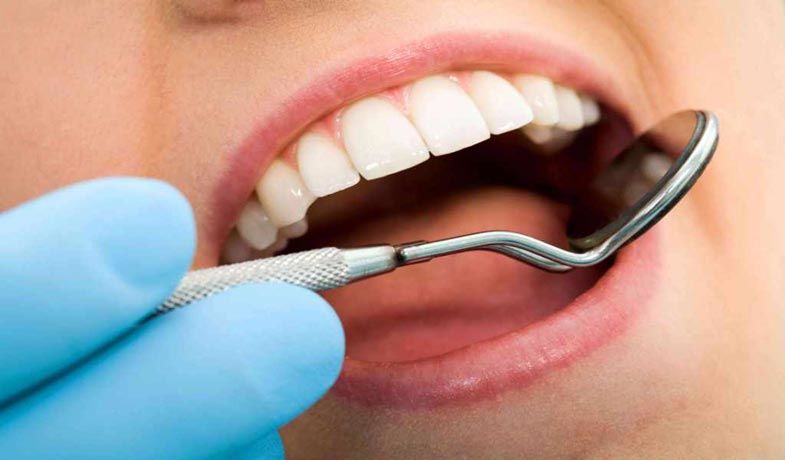Only allergy sufferers and people prone to migraines should be especially careful. Whether at home, in the ice cream shop or at the outdoor pool, Germans lick around 8.5 kilos of ice cream a year – in more than 70 different flavors. However, ice cream is by no means a modern invention. Our ancestors made ice cream about 4,000 years ago, refining ice or snow from glaciers with milk and fruit pulp. Only in the 16th century was it possible to produce cold artificially and thus freeze the ice and keep it in this state. Nowadays, the main ingredients in ice cream are milk or dairy products, as well as different types of sugar and eggs. Water, honey, butter or shortening, flavors and coloring also play a role. Depending on the respective variety and flavor, ingredients such as cocoa, fruit, coffee, nuts, nougat or raisins are also used.
There are also a few different ice cream variants. Milk ice cream It consists of 70% milk and therefore has a lower fat content than ice cream. The high milk content is healthy and strengthens bones and nails. Cream ice cream On the other hand, it is made with around 60% whipped cream and is therefore very high in calories. Fruit ice cream consists of sugar, water, fresh fruit, fruit pulp or fruit juice with a certain amount of fruit and Soft ice cream It’s a foam ice cream.
In any case, cleaning has top priority at all stages of production and storage. Although bacteria cannot multiply in frozen ice, they are still present. If the ice melts, including in the mouth and stomach, pathogens like salmonella can spread quickly.
Ice cream is around -4 degrees Celsius when consumed. Already in the mouth it heats up to about +18 degrees. Once in the stomach, it almost reaches our body temperature.
One in three ice cream eaters feels a sharp pain in the head within seconds of the first lick. Typically, this cold headache doesn’t cause much concern and passes quickly. However, people prone to migraines should be careful. Especially when consumed too quickly, ice cream can cause headaches in some people. Slowly licking the cold ball is much easier to digest and headache-free.
The refreshing treat also poses a certain risk for allergy sufferers, so you should carefully inform yourself about the ingredients used in the production of the ice cream before enjoying it. Sensitive people should avoid ice creams with aromas identical to natural ones, so-called electronic substances.
When buying ice cream at the supermarket, always look at the label: stay away from expired ice cream. After shopping, the ice cream is frozen in a thermal bag for about 20 minutes and can be immediately placed in the freezer at home. To prevent germs from multiplying, melted or thawed ice cream should not be refrozen.
Whether it’s ice cream on a stick, ice cream sundae, soft serve ice cream, a frozen refreshment completes a hot summer day and is a treat for everyone.





